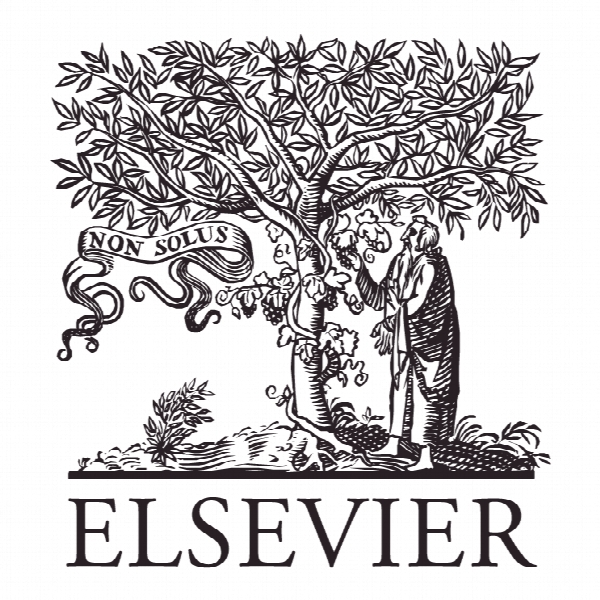کارمند سرویس معتبر: استفاده از زبان کارکنان خدمات برای تجربه خدمات معتبر The authentic service employee: Service employees’ language use for authentic service experiences
- نوع فایل : کتاب
- زبان : انگلیسی
- ناشر : Elsevier
- چاپ و سال / کشور: 2017
توضیحات
رشته های مرتبط مدیریت
گرایش های مرتبط مدیریت دانش
مجله تحقیقات بازاریابی – Journal of Business Research
دانشگاه گروه مدیریت، دانشکده بازرگانی INSEEC، بوردو، فرانسه
نشریه نشریه الزویر
گرایش های مرتبط مدیریت دانش
مجله تحقیقات بازاریابی – Journal of Business Research
دانشگاه گروه مدیریت، دانشکده بازرگانی INSEEC، بوردو، فرانسه
نشریه نشریه الزویر
Description
1. Introduction Should service employees always try to speak the customers’ language, or could using a different language contribute to how customers perceive the authenticity of the service, and even influence the overall customer experience? Understanding how to manage the customer’s experience remains one of the main challenges for marketers and is a topic in need of further research (Homburg, Jozić, & Kuehnl, 2015). The extant service literature on how to use language in customer experiences in service contexts argue for significant benefits to using the customer’s first language; speaking the customer’s language can improve customers’ word-of-mouth (Van Vaerenbergh & Holmqvist, 2014), customer perceptions (Holmqvist, 2011) as well as increase the tip for the service employee (Van Vaerenbergh & Holmqvist, 2013). Marketing research in other contexts further echo these positive outcomes of using the customer’s first language in service contexts, including more positive reactions to advertising or slogans in the customer’s first language (Noriega & Blair, 2008; Puntoni, de Langhe, & Van Osselaer, 2009). Research in the field of sociolinguistics also reports on how service employees use the customers’ first language, even if the customer starts the interaction in a second language; Callahan (2006) shows that employees often switch to the language in which a customer feels most comfortable, regardless of the language in which the customer initially addresses the employee. Building on this situation, extant research on language use in the field of service research (Holmqvist & Grönroos, 2012; Van Vaerenbergh & Holmqvist, 2014), recommends addressing customers in their first language. This paper posits that this practice may not always be the best approach, and that conscientiously using a different language in well-defined customer experiences, such as Spanish at a salsa festival or English in a British pub abroad may contribute to the customers’ appreciation of the service by giving the experience a more authentic feel. In 2012, the Norwegian coffee-chain Fugeln (The Bird) opened a Norwegian café in central Tokyo, meeting with huge success. Not only is the name Norwegian; the interior design and the furniture are Norwegian and the Japanese service employees even learn some Norwegian phrases to use with the local customers, underlining how management invokes the language of service employees in combination with the servicescape to provide a more authentic customer experience. In many service settings, authenticity is important in lending the service provider credibility, and an authentic human touch can even determine the difference between the service offerings available to customers (Bowen, 2016). However, management needs to properly manage this authentic touch because service authenticity is multifaceted and may involve personal costs, particularly emotional costs, for the service employee (Yagil & Medler-Liraz, 2012); the extant HR literature shows that these emotional costs could even lead to the service employee hitting back by deliberately sabotaging the service (Harris & Ogbonna, 2002; Kao, Cheng, Kuo, & Huang, 2014). Recent marketing research shows the benefits of the service employees’ behavior being authentic to the brand they represent (Sirianni, Bitner, Brown, & Mandel, 2013). Homburg et al. (2015) posit that successfully managing customer experiences requires internal consistency, and this research extends their proposition by suggesting that the external consistency is of equal importance to achieve alignment between service employees and perceptions (cf. Sirianni et al., 2013). The existent research on customer preferences for their first language focuses almost exclusively on the customer’s perceptions of language in direct communication with the service employee (Holmqvist, 2011; Van Vaerenbergh & Holmqvist, 2013). This paper posits that language could exert an even wider influence, contributing to how customers perceive the authenticity of the whole experience.


